International Design Perspectives #2
As the design world has slowly begun to reintroduce a mainstay of the annual calendar – international trade shows – we thought it time to celebrate the renewed energy and hope that this provides to the industry with a series of articles that highlight some of the best moments of the past few months. This edition covers one of the best know and longest running design events in the world.
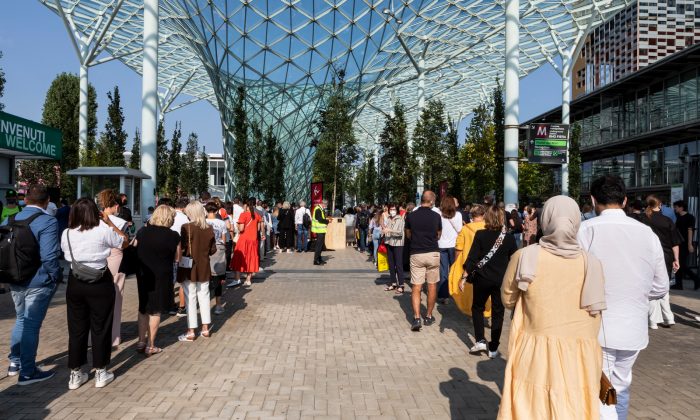 Each year, usually in May, the world turns it’s attention to Milan in order to discover and be inspired by the latest trends and launches in the world of design. As we’ve reported in previous years, Milan Design Week is an almost unparalleled offering of new, ground-breaking and future-thinking design, not to mention the simply beautiful works on display; the Glastonbury of the trade show world, you might say. The whole city opens it’s doors with showrooms, shops, outdoor spaces, galleries, exhibition halls and even entire districts creating free design-led experiences for visitors from across the globe. Following the experience of last year, the show has continued with digital elements, but as has been the case in every other showing since the event’s inception in 1961, the real world, live experience came back with a bang this time around. With safety at the forefront of planning, the event was delayed until September, and it certainly didn’t disappoint.
Each year, usually in May, the world turns it’s attention to Milan in order to discover and be inspired by the latest trends and launches in the world of design. As we’ve reported in previous years, Milan Design Week is an almost unparalleled offering of new, ground-breaking and future-thinking design, not to mention the simply beautiful works on display; the Glastonbury of the trade show world, you might say. The whole city opens it’s doors with showrooms, shops, outdoor spaces, galleries, exhibition halls and even entire districts creating free design-led experiences for visitors from across the globe. Following the experience of last year, the show has continued with digital elements, but as has been the case in every other showing since the event’s inception in 1961, the real world, live experience came back with a bang this time around. With safety at the forefront of planning, the event was delayed until September, and it certainly didn’t disappoint.
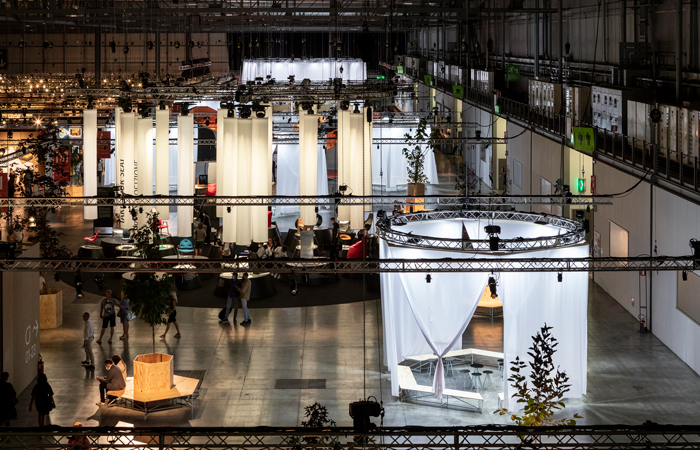
Milan Salone
And it was no small showing either. A leading component of the event is the Salone del Mobile, which takes place across multiple enormous halls at Rho Fairgrounds. Across the 68,520m2 of hall space were 425 brands, 170 young creatives and 39 makers with a total of 1900 projects that included furniture, surface coverings and lighting, on display. One noticeable change for queuing punters at the entrance to the Rho this year was the 200 trees looming large overhead. They were installed to draw attention to the need for regreening our urban environments with each set to be planted-on in Milan’s Parco Nord.

Milan Rho
Inside the great halls, the biggest stands housed renowned brands such as Missoni, Thonet and Foscarni and this year the show, which operated under the Supersalone banner, also chose to focus upon 3 key themes: restarting, safety and sustainability.
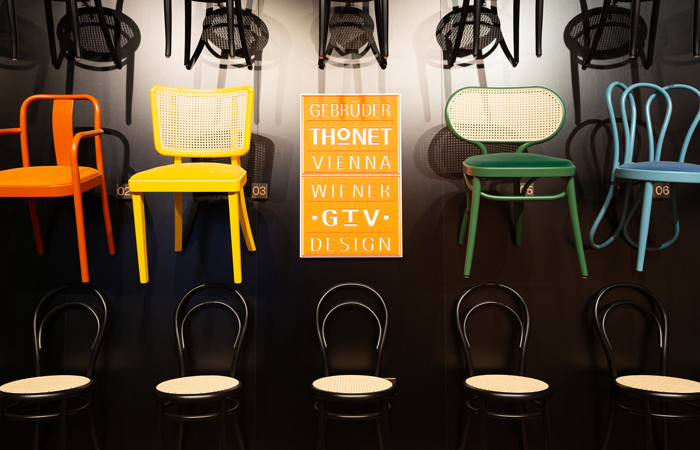
Milan Thonet
The latter took form via various reuse, recycling and circular practices, not least those carried out by the show organisers themselves, who were directed by leading green-building advocate Stefano Boeri. For instance, the food courts, arenas and lounges were also produced with a reduced quantity of chipboard made from recycled wood, which has since been channelled back into the production process.
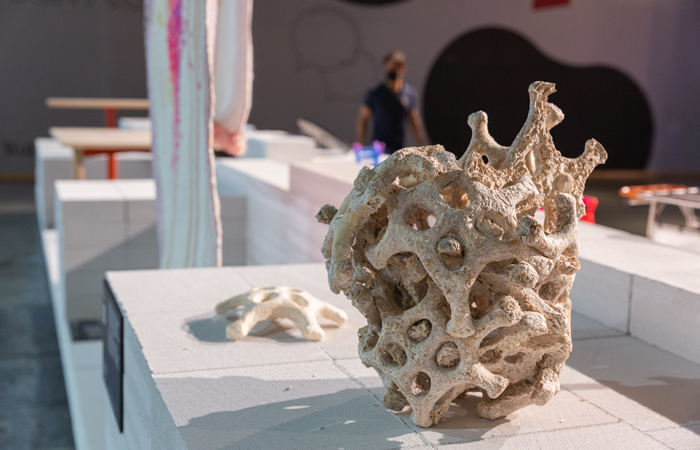
Milan Lost Graduation
To add to this, stands were designed to be dismantled and reused where possible, and benches and various display systems were dry fitted so that they could be easily disassembled ready for the next time they called upon. The same can be said for the bricks used for The Lost Graduation, which utilised a system of modular, locally sourced Ytong autoclaved, aerated concrete blocks. The show itself, curated by Anniina Koiva, was a platform for some 170 projects by students who’d graduated in 2020 and 2021 from 48 design schools spanning 22 different countries. Visitors were invited to explore work covering product, furniture, sculpture, lighting and automotive design, amongst others and it offered graduates the chance to connect with the wider design community for perhaps the first time since completing their studies.
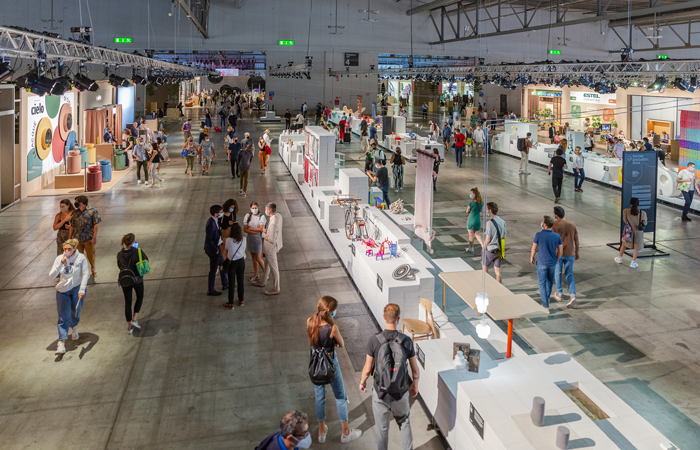
Milan Lost Graduation
Salone del Mobile also ventured beyond the Rho Fairgrounds, with SaloneSatellite taking place in former commune, Lentate sul Seveso, in the Lombardy district of the city. Elsewhere, regular design districts gave visitors the chance to explore whole areas of the city, with exhibits falling under the wider theme of The Forms of Living, which sought to question and understand the changes affecting urban life.
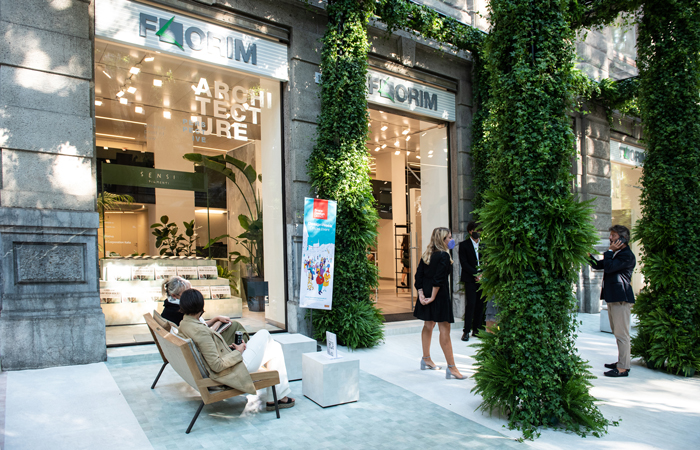
Brera Design Week ©Mattia Vacca
The pandemic itself was rather obviously a huge driver to these changes and projects across regular districts such as Tortona and Brera tackled the topic head on with works covering almost every discipline imaginable. The former is the permanent home of Superstudio Group, which includes the newly completed Superstudio Maxi, a specially created technologic and sustainable exhibition space. Here designers including Giulio Cappellini, Silvana Annicchiarico and Fulvia Ramogida showcased work as part of r/evolution, a vibrantly colourful exhibition akin to that you’d find in a contemporary gallery space.
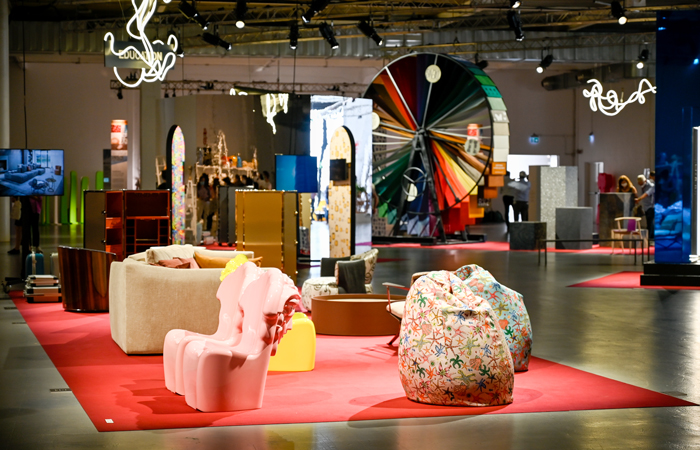
Cult Must. ©Giovanni Cappellini
We Will Design was another standout showing, this time from BASE, and included work from Parasite 2.0, Cesura, Matteo Guarnaccia and Anna Dienemann. The show moved from a micro-world of an atelier-room, to the broader context of the neighbourhood and then on to the Earth’s ecosystem, all of which were underpinned by a desire to co-create a more sustainable future.
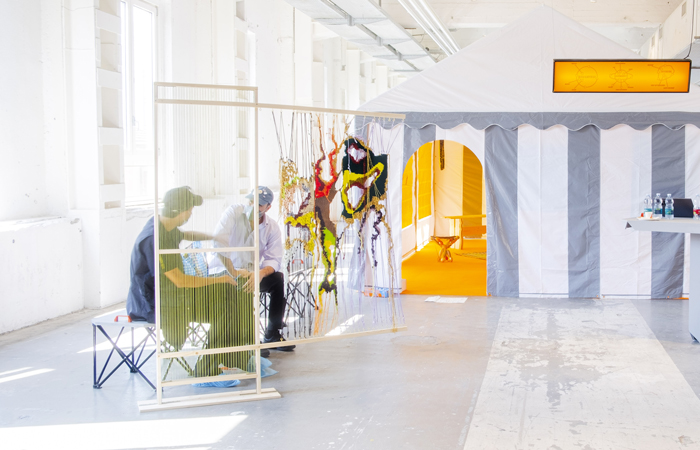
Exhibit Baratto Parasite 2.0 ©Tiziano Demuro
Keep your eyes peeled for more from the International Design Perspectives series.




